
Find out the average glass wall cost, including installation, materials, and ways to save. Get transparent pricing and tips for your glass wall project.
Mirror, mirror on the wall


A defogger can prevent bathroom mirrors from fogging up.
Minor scratches can be fixed using baby oil.
Discoloration happens because oxygen and moisture react with the metal backing.
It costs $80 to $200 to replace a bathroom mirror.
Mirrors are essential in the bathroom. However, they are also prone to problems due to the temperature, moisture content, and other factors. Luckily, you can often fix bathroom mirror problems yourself. Here are 6 of the most common bathroom mirror problems and how to fix them.
Fogging bathroom mirrors is annoying but preventable. To stop bathroom mirrors from fogging up, try turning the ceiling vents on while taking a shower or bath, and leave the door slightly open for better ventilation. You can also use a defogging spray to seal the mirror surface.
If you have an LED bathroom mirror, it might come with a defogging pad, which gently heats up the mirror surface to prevent fogging. You can also find standalone defoggers that can be installed on traditional and LED bathroom mirrors.
Scratches on bathroom mirrors are often the result of improper cleaning. If you use a rough rag to clean the mirrors or scrape too hard to remove stains, you can leave a scratch on the mirror surface.
To repair minor scratches, use a glass cleaner on the mirror and wipe the residue off with a soft cloth. Next, apply some metal polish or toothpaste and rub it gently in circular motions. This will gradually remove the scratch. For major scratches or cracks, you’ll need to resilver or replace the mirror.
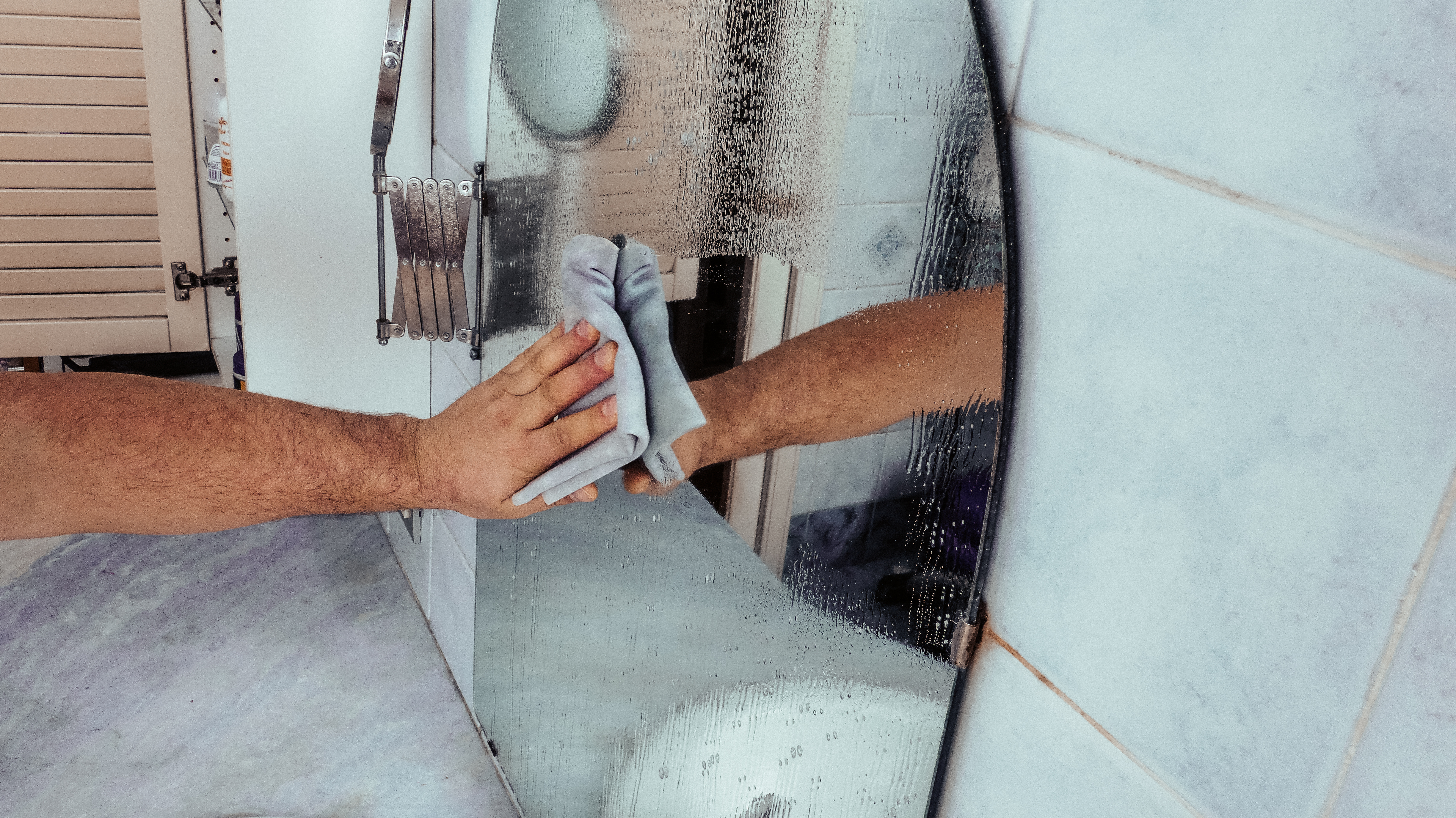
Hair sprays, perfumes, makeup removers, cleansers, toothpaste… various bathroom items can stain your mirrors. Sometimes, steam and fog might even leave stains. Luckily, this problem can be fixed easily.
Clean your bathroom mirror with a suitable cleaning product. You can also create your own solution by adding a few drops of dish soap to water. Use a soft cloth or sponge to clean the mirror, ensuring you don’t scratch the surface. Wipe again with clean water to remove any residual soap. Then, clean the remaining water with a soft, dry cloth.
Improperly hung bathroom mirrors can come loose, and vibrations on the walls can also shake them loose. It’s best to address loose mirrors as soon as possible so they don’t fall off the wall and break.
When hanging your vanity mirror, it’s best to use the mounting gear that came with the package. If using your mounting gear, ensure it is equal to or stronger than the original ones. Before hanging the mirror, gently tug on the mounting gear to make sure it's tightly inserted into the wall. Tighten any screws or brackets to hold the mirror in place.
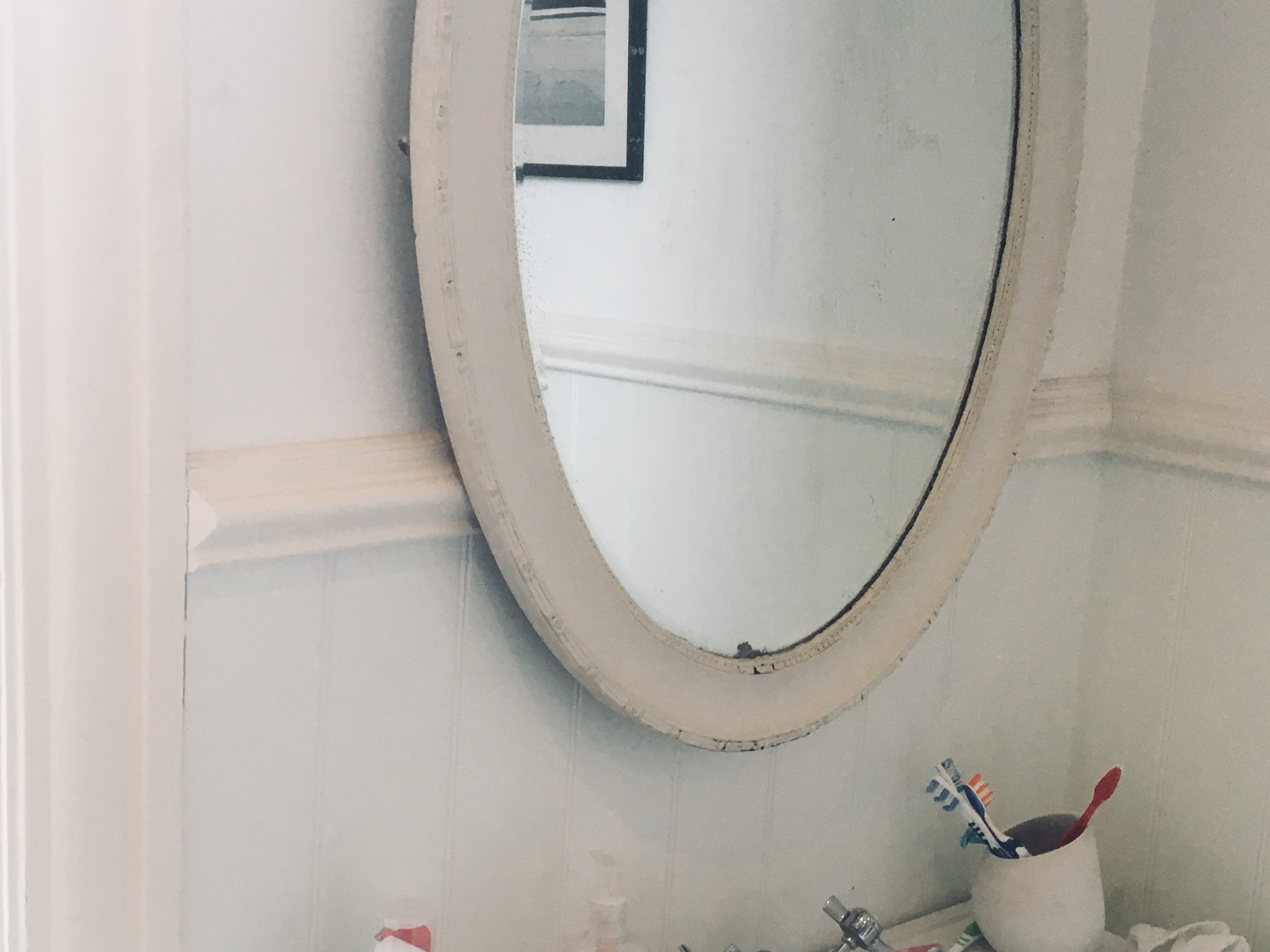
The mirror edge may show discoloration due to oxidation. This happens because oxygen and moisture can react with the mirror’s backing, especially if it has a metal backing. Discoloration usually looks like black or dark green spots along the edge.
Remove the mirror from its frame and strip off the backing. Clean the affected area with equal parts of water and white vinegar. Use a soft sponge or absorbent cloth for the best effect. Once cleaned, install a new backing before attaching the mirror to the frame again.
Bathroom mirrors can get chipped due to blunt force or impact. For example, ignoring a loose mirror could lead to it falling off the wall. The impact can chip the edges easily, if not shatter the glass completely.
To repair chipped edges, you should remove the bathroom mirror first. Place a tarp or a large towel underneath to catch loose glass. Remove any glass shards with tweezers and clean the damaged area with a glass cleaner. Once dried, fill the chipped area with epoxy resin or clear nail polish. Once the filler fully hardens, buffer the area with a soft cloth to restore the shine. Don’t forget to dust the tarp or towel outside.
If you have an LED bathroom mirror, you may encounter additional problems, including:
Dim lights: Indicate an electrical problem, as the mirror may not be receiving enough voltage, or it’s time to replace the LED lights.
Flickering lights: Often caused by an inconsistent power supply or ageing LED components.
Noisy mirrors: A buzzing or humming sound can be caused by electrical interference or faulty LED drivers.
Touch sensors not working: Try cleaning the area to ensure no dirt or dust is blocking the sensors. If that didn’t work, your sensors may need to be repaired.
Water damage: Make sure the mirror is properly sealed all the way around so water and steam don’t damage the electrical components. Additionally, use only LED mirrors that are IP54 or higher rated in bathrooms.
Most bathroom mirror problems can be handled by yourself as long as you’re willing to spend the time. If you hire a mirror repair company, expect to pay between $80 and $200 for the repair or replacement. Projects involving removing and reframing a mirror are best left for the pros. If you have a malfunctioning LED bathroom mirror, it is recommended that you hire an electrician or a mirror specialist to conduct any necessary repairs related to wiring and LED components.
Turn on your bathroom vents during and after showering or bathing. This reduces fogging and slows down oxidation on your bathroom mirror. Regularly clean your bathroom mirrors and use the appropriate cleaning products. All you need to do is wipe the mirror clean after showers, with a more thorough weekly or monthly cleaning.
Service was awesome! Quick and friendly while reasonably priced. Will definitely use this company in the future.
Arrived the next day and fixed roof and inspected for any additional damage
Heartland home was punctual and courteous for the estimate appointment and completed the repair himself while he was here. I will definitely use him in the future and would recommend him to my friends and neighbors. Thank you Angie for recommending this professional
The guys who cleaned the windows were very good and personable. They did a great job.
Corey was extremely pleasant to work with, called immediately with updates on progress, and was very thorough with his work. He told me heâ d come back and fix anything I didnâ t like about the room he painted. Absolutely will use his services again!!
Daniel and Jacob were a pleasure to work with. They did a great job repairing and staining my deck. Will look to them for future projects.
Shon was delightful to work with, very knowledgeable and kind. The installer was very efficient and the carpet is beautiful!
Three Sisters Cleaning is a very good and professional service. They offer both deep cleaning and weekly or bimonthly cleaning. They are flexible with hours if possible. Their deep cleaning is similar to my annual spring and fall cleaning. They do an excellent job with kitchen, kitchen,...
Derrick worked very hard and cleaned up our dead perennial and leaf plants--will hire him again!
They did a great job and proved their work by taking before and after photos and videos of the work. This showed exactly what they dod and justified to me that the work needed to be done.
From average costs to expert advice, get all the answers you need to get your job done.

Find out the average glass wall cost, including installation, materials, and ways to save. Get transparent pricing and tips for your glass wall project.

Discover the cost to install a custom-cut mirror in your home. Discover price factors, installation options, and expert tips to save on your custom mirror project.
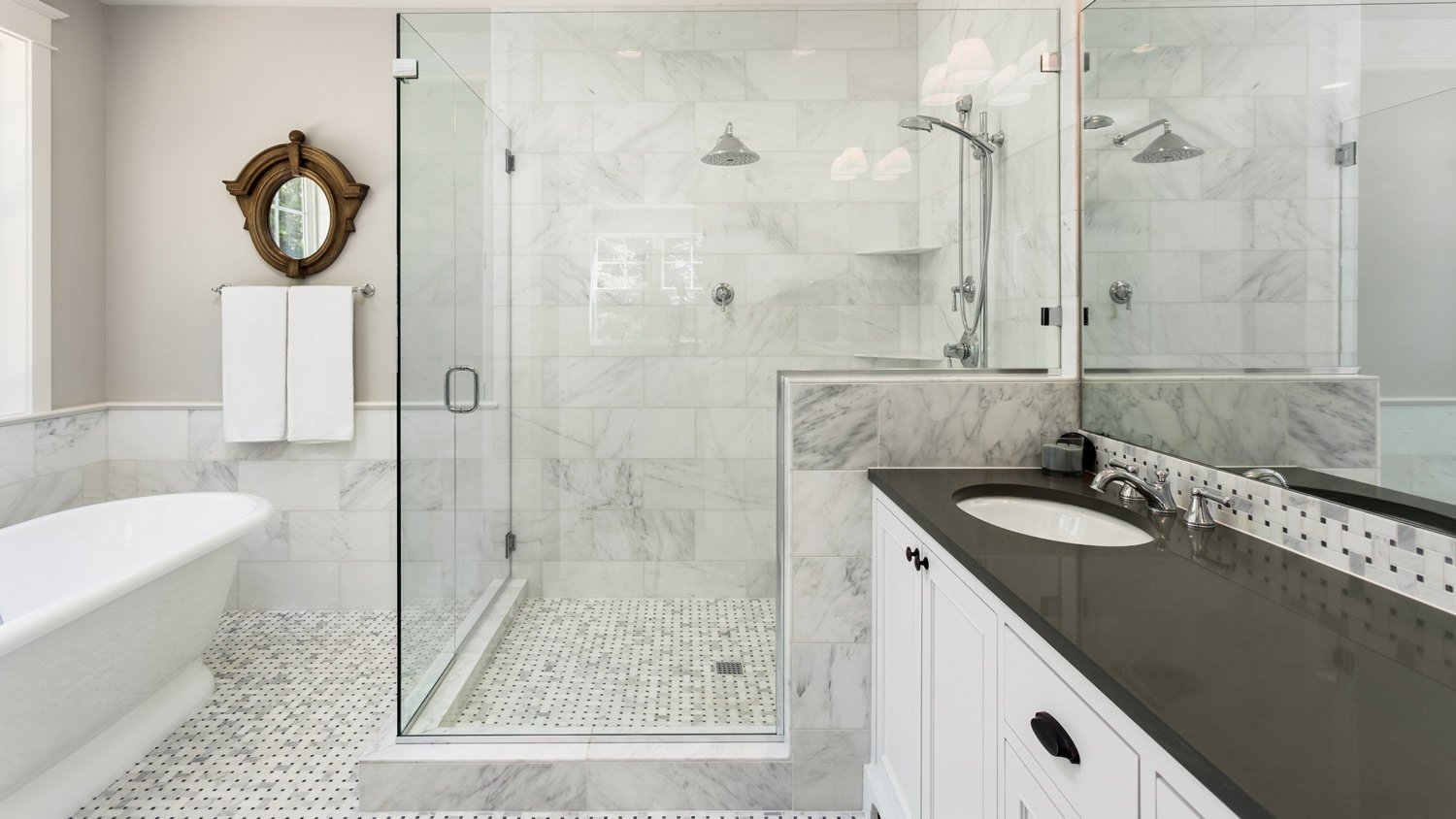
Discover the average shower door installation cost, including labor and materials, plus tips to save on your bathroom upgrade.
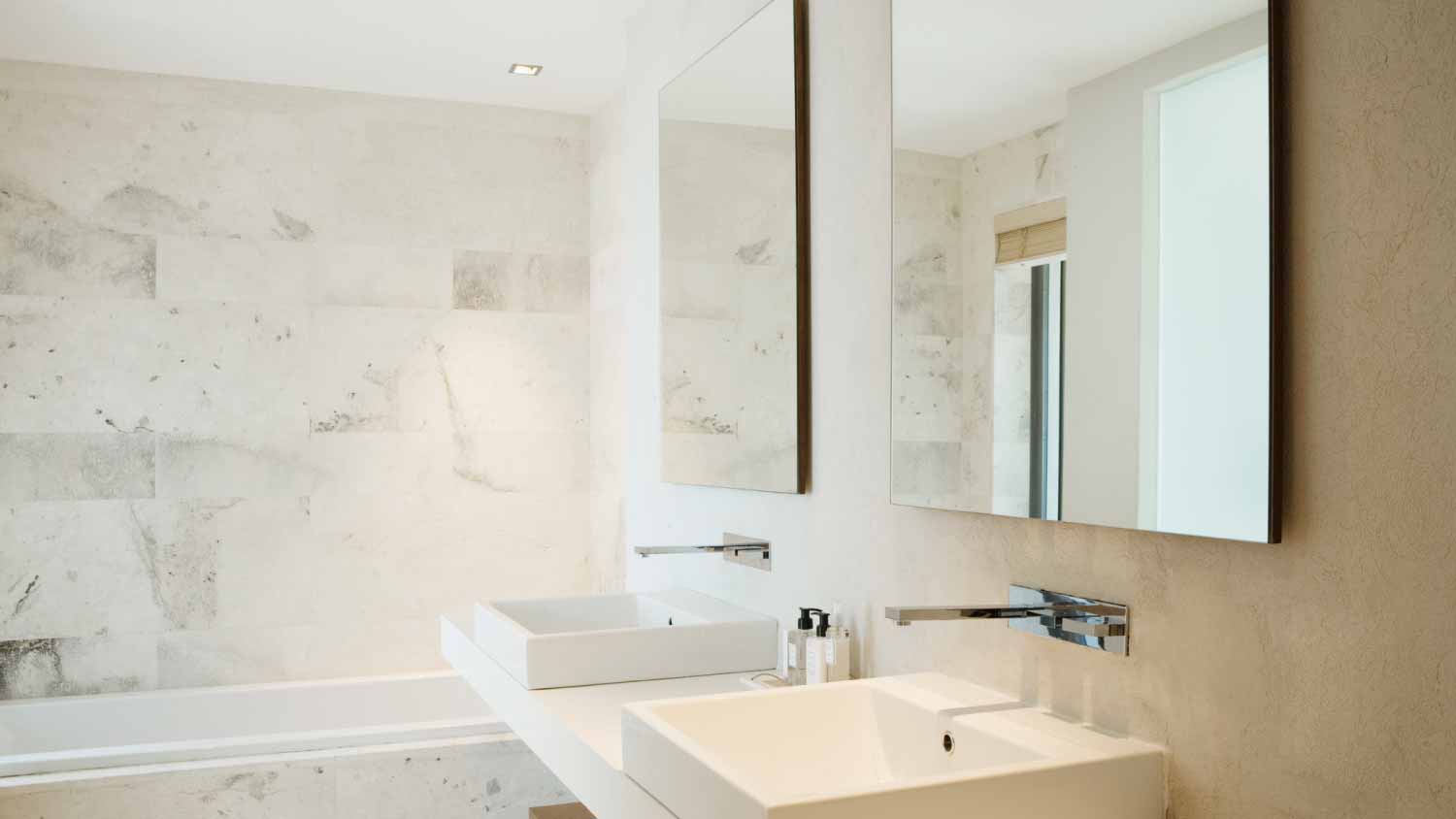
Discover the average cost of mirror installation. Learn average prices, key cost factors, and tips to save on your next mirror project.
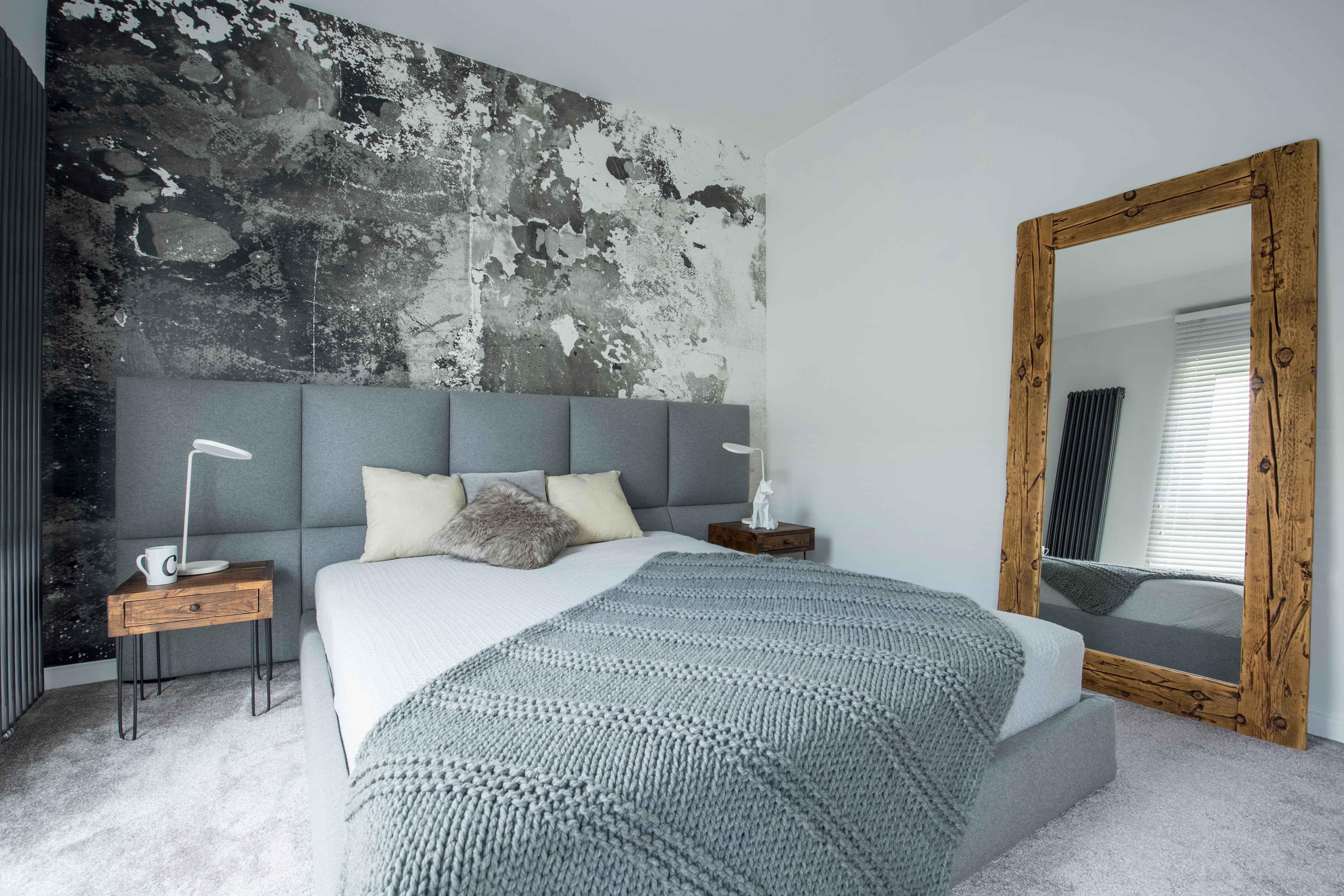
Discover the cost to resilver a mirror, including average prices, key cost factors, and tips to help you budget and save on your mirror restoration project.
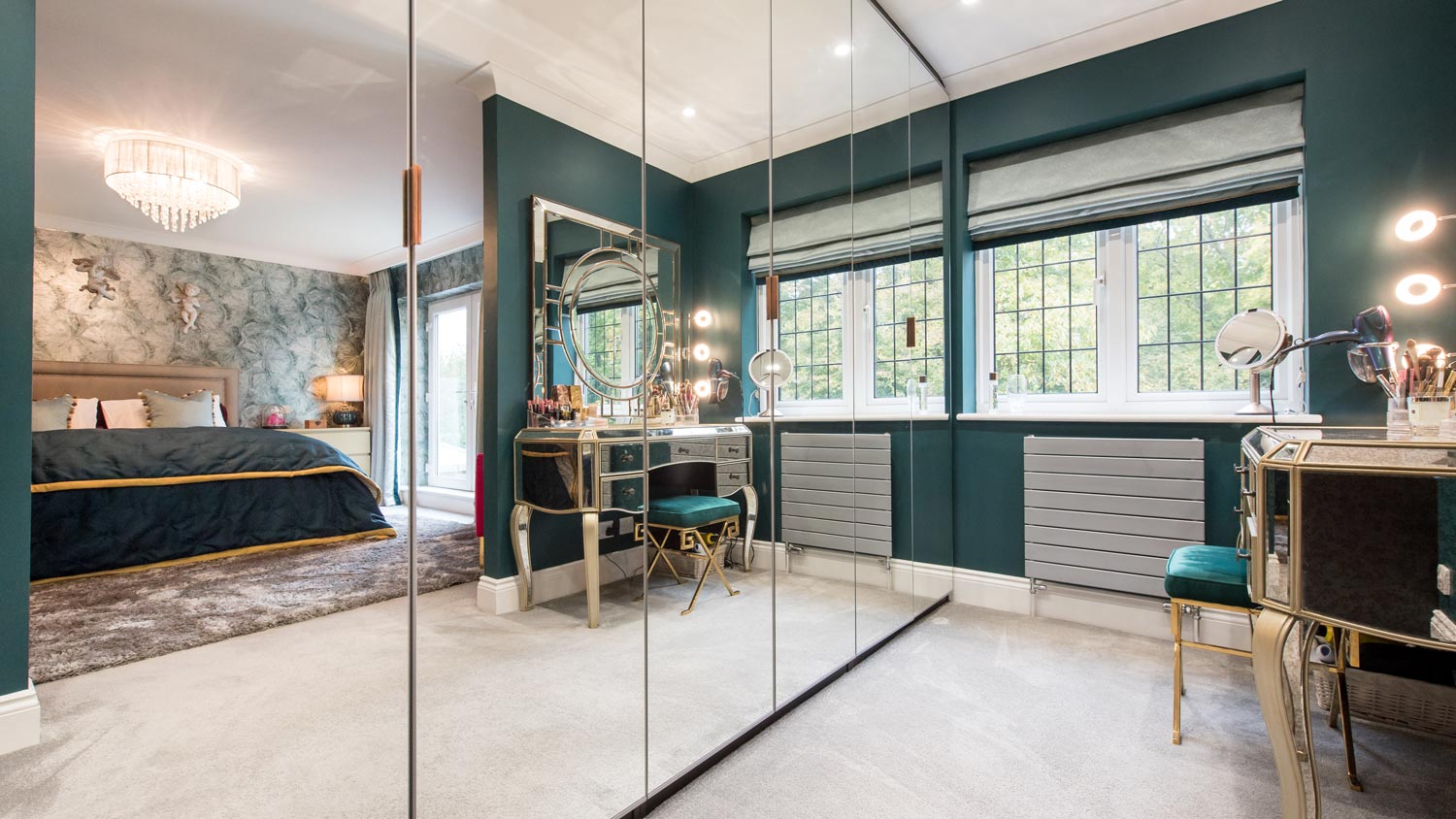
Discover average wall mirror installation costs. Learn about price factors, labor rates, and ways to save on your wall mirror project.